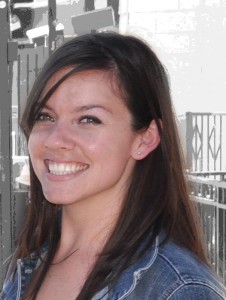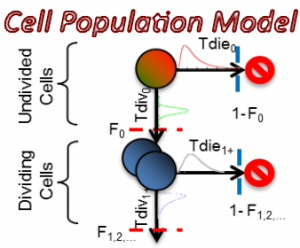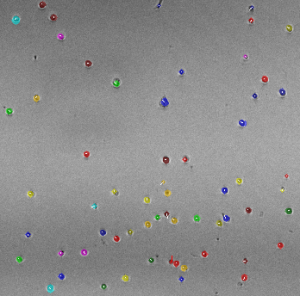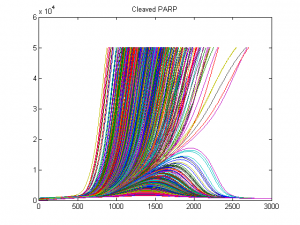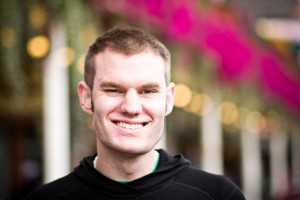
TITLE: Postdoctoral scholar
EMAIL: b4taylor@nullucla.edu
OFFICE: Boyer 570
EDUCATION:
B.S. (Biomedical Engineering) University of Virginia (2009)
Ph.D. (Bioengineering) University of California San Diego (2015)
Research Interests
NF-κB controls some of the most potent antiviral and antibacterial machinery that mammalian cells possess. It’s activated by hundreds of different signals, be they exogenous, endogenous, or synthetic. Tens of negative feedback regulators of NF-κB have been identified, which all serve to attenuate its activity. And while proper activation of NF-κB is a hallmark of a functional inflammatory response, improper activation is associated with pathologies in conditions ranging from Alzheimer’s to cancer to atherosclerosis.
We’ve seen tantalizing glimpses that NF-κB activates via intricately-controlled dynamics of translocation to and from the nucleus, and it’s been hypothesized that these patterns might convey information, allowing a cell to discriminate between different inputs using this single transcription factor. However, we’re still unclear on what these specific dynamic codes are, and how the information they convey might be decoded by the cell.
Using single-cell microscopy and automated tracking and measurement, I’m hoping to help crack the NF-κB dynamical code. I think it’s likely that NF-κB dynamics can convey information, not just about the nature of a particular stimulus, but about the disease state of a cell. Knowing what healthy and aberrant NF-κB dynamics look like (and even how to modulate one into the other) could afford new windows into both diagnosis and treatment.
Publications
Selimkhanov J*, Taylor B*, Yao J, et al. Accurate information transmission through dynamic biochemical signaling networks. Science. 2014; 346(6215):1370-1373.
Cheng Z*, Taylor B*, Ourthiague DR, Hoffmann A. Distinct single-cell signaling characteristics are conferred by the MyD88 and TRIF pathways during TLR4 activation. Sci Signal. 2015; 8(385):1-13.
(* denotes equal contribution)



